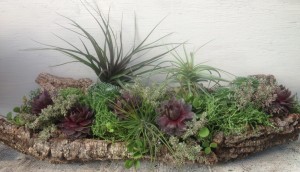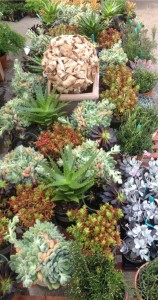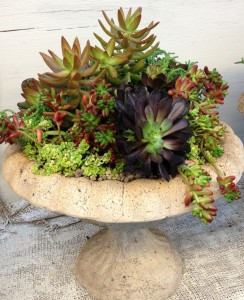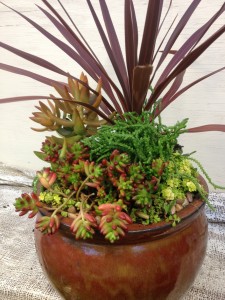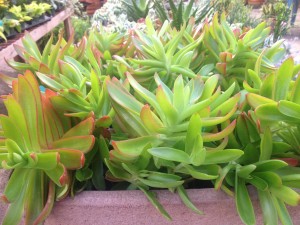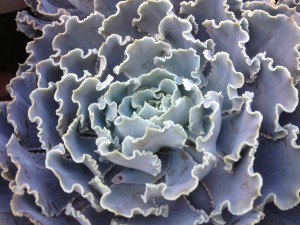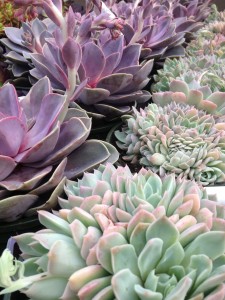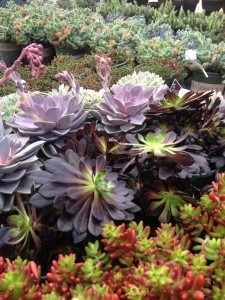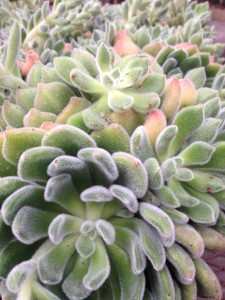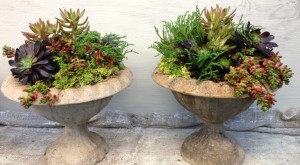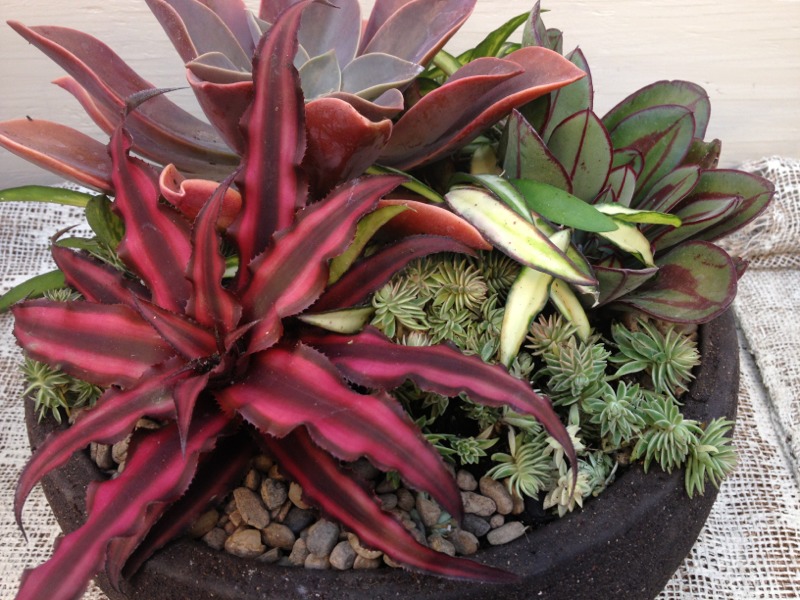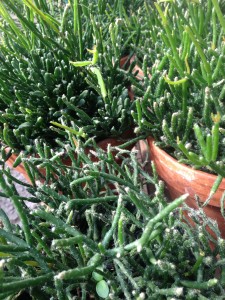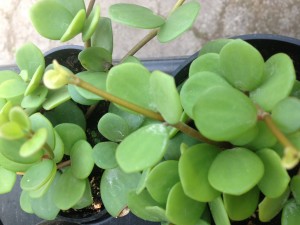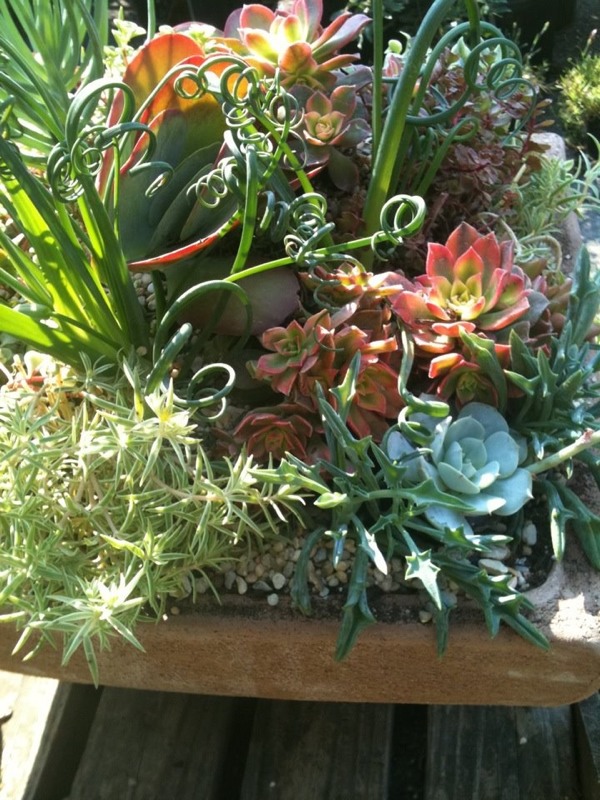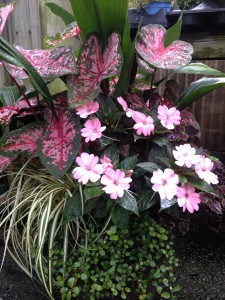
growing out nicely…
It’s summer, the heat is on, and we’re all working overtime to keep our landscapes looking as fresh as they did in the spring…thankfully we’ve been getting rainfall to help us out!
I thought you might enjoy seeing some of the planters and arrangements we’ve done through the spring and now into summer – some are succulent designs, some will enjoy the hottest part of a landscape, others are meant to stay inside or in a shady spot outside. And there are some just for a party or gift – but since they’re created with live plants they’ll last so much longer than cut flowers!
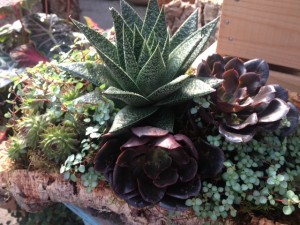
a gift for someone…
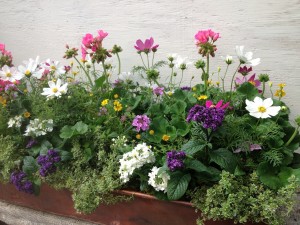
early spring…a centerpiece for a party….
Arrangements for parties or gifts using orchids, indoor flowering plants, and any other plant that catches our eye are a lot of fun to put together, and we stay very busy creating them for folks…there really is no end to the combinations that can be used for this type of arrangement. And, once the party is over, the whole thing can be taken apart and the plants used elsewhere! The copper planter shown here was used for a party – and we’re assuming the flowers and herbs were planted in a sunny garden or container and are probably still going strong!
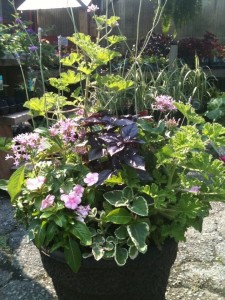
deadheading, judicious clipping and consistent watering kept this planter beautiful all last summer…
For long term plantings, smart plant choices need to be made, taking into consideration pot size and amount of light they’ll receive, Last, but definitely not least, the plants need to look good together! One of the most important aspects of container gardening is maintenance. Watering, deadheading, pinching, or, even more drastic, cutting back need to be done consistently to keep your container gardens looking their best.
The planter at left is filled with herbs and flowers designed to handle a lot of heat and sun – just what we have in the middle of summer in Birmingham! This combination grew out quite happily last summer in the front of the shop on the hot asphalt…and inspired many other planters just like it throughout town. Herbs and flowers just go together!
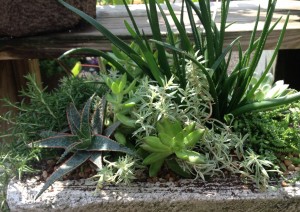
aloes, succulents and a trailing rosemary…
Succulents and herbs work quite well together…the trough planter shown here combines succulents, a couple of different aloe plants, and a trailing rosemary. Whoever said you can’t mix it up wasn’t talking to us!
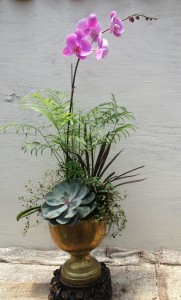
succulent and orchid arrangement…
The succulents that have been available this spring and summer have really been beautiful, and we’ve been using them in all kinds of containers, on their own in long term plantings, and in gift arrangements too. Here’s one used in an orchid arrangement as an accent…they’re quite striking used in this fashion. If you’ve been keeping up with our posts on cork bark planters , you’ve seen us use the succulents in them as well.
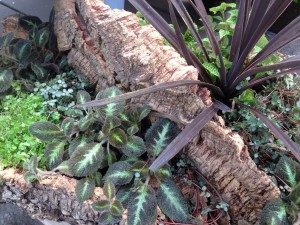
houseplants in cork bark…
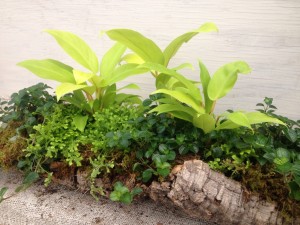
more house plants in cork bark – this one ended up on a mantle…
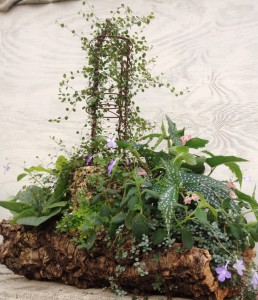
this cork bark piece was large…
Speaking of cork bark planters, here are a few pictures of some interesting things we’ve done with them…succulents aren’t the only player in this fun sandbox! A cork bark planting done using carex, ajuga, selaginella and perennial ferns ended up at a mountain home in Highlands, North Carolina. The other planting in that post also went home with a happy customer.
The ones shown above utilize a lot of houseplants and will be happiest either on a shady terrace or porch or inside in bright light. Some of the plants used include episcias, pilea, angelvine, creeping charlie, dracaena, selaginella and philodendron…all good houseplants. These will work nicely in a shady spot and there are other planters we’ve done that will too. Let’s take a look…
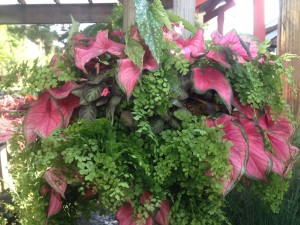
for shade…
Shade containers are some of the most fun plantings to do because so much depends on foliage color and form. This might not be as flashy as an entire pot of flowers, but it is very long lasting and beautiful when done well. The hayrack shown here uses maidenhair fern, caladiums, an angelwing begonia and episcias in a very pleasing combination…the ‘Sweetheart’ caladiums seem to float above the maidenhair, and the episcia is a very subtle addition to the composition…
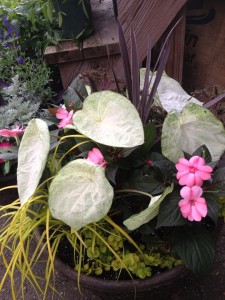 The last planting is shown to serve as an example of how you can definitely have color in the shade using foliage in addition to flowers…the ‘Garden White’ caladium in contrast with the golden carex and sunpatien really catches the eye! The planter at the top of this post is also one for shade, and, once again, the foliage is the star.
The last planting is shown to serve as an example of how you can definitely have color in the shade using foliage in addition to flowers…the ‘Garden White’ caladium in contrast with the golden carex and sunpatien really catches the eye! The planter at the top of this post is also one for shade, and, once again, the foliage is the star.
It’s always nice to have customers walk through the nursery with the same plants in their hands as we’ve done in our display planters. We are happy to have our designs in your landscape, and know that imitation is the sincerest form of flattery!
– Posted using BlogPress from my iPhone
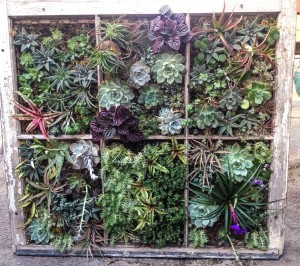
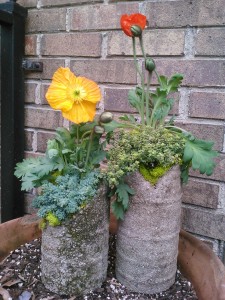
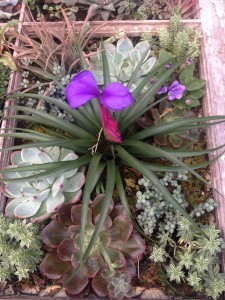
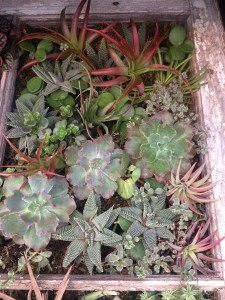
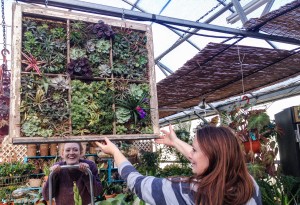


 Now that January is behind us, we can look forward to spring, knowing it is right around the corner. Until then, we’ve been satisfying our planting urges using late winter offerings from growers. We are determined to come up with something interesting on long winter days in the greenhouse!
Now that January is behind us, we can look forward to spring, knowing it is right around the corner. Until then, we’ve been satisfying our planting urges using late winter offerings from growers. We are determined to come up with something interesting on long winter days in the greenhouse!

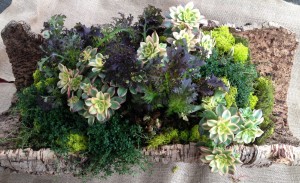 Many of the succulent aeoniums fare better here during the winter months. They seem to dislike our excessive summer humidity (Don’t we all?), and the Aeonium ‘Kiwi’ seemed just right to work into some sort of arrangement. I loved how they looked paired with this frilly dark purple leaf ornamental mustard. If I could just work it into a container that could be moved in and out easily if temperatures dropped below freezing…
Many of the succulent aeoniums fare better here during the winter months. They seem to dislike our excessive summer humidity (Don’t we all?), and the Aeonium ‘Kiwi’ seemed just right to work into some sort of arrangement. I loved how they looked paired with this frilly dark purple leaf ornamental mustard. If I could just work it into a container that could be moved in and out easily if temperatures dropped below freezing…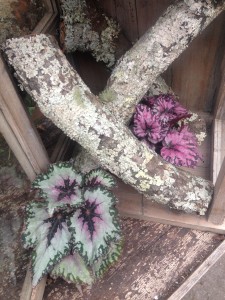
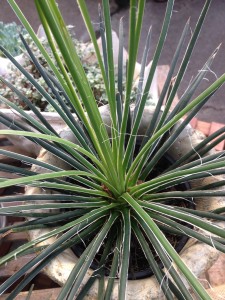
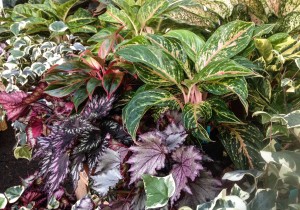
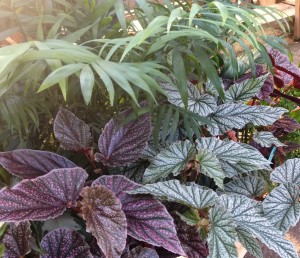
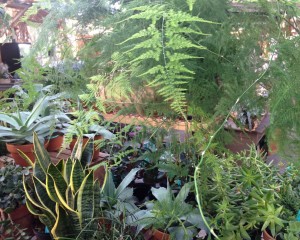
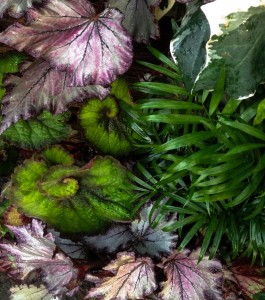
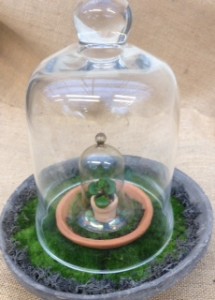 If you haven’t noticed,
If you haven’t noticed, 




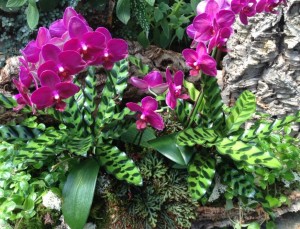 This summer’s wet, cool weather might have kept many of you out of your gardens, but we’ve managed to stay busy in the greenhouse putting together arrangements filled with orchids, succulents, houseplants, and so much more…here’s a peek at some of them. We regularly have folks who stop in just to see what we’ve been working on! All of these arrangements are composed of live plants, no cut flowers here.
This summer’s wet, cool weather might have kept many of you out of your gardens, but we’ve managed to stay busy in the greenhouse putting together arrangements filled with orchids, succulents, houseplants, and so much more…here’s a peek at some of them. We regularly have folks who stop in just to see what we’ve been working on! All of these arrangements are composed of live plants, no cut flowers here.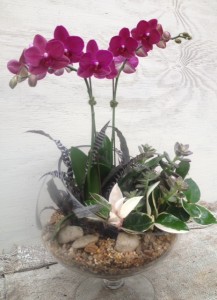
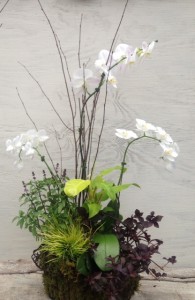
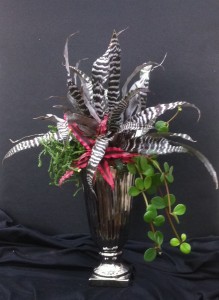 Finally, the silver container was given in memory of someone…the longlasting and low maintenance houseplants of trailiing pepperomia and cryptanthus make excellent companions. It’s gratifying, also, to know that whoever is on the receiving end will be able to enjoy this longer than a fresh flower arrangement could ever hope to last.
Finally, the silver container was given in memory of someone…the longlasting and low maintenance houseplants of trailiing pepperomia and cryptanthus make excellent companions. It’s gratifying, also, to know that whoever is on the receiving end will be able to enjoy this longer than a fresh flower arrangement could ever hope to last.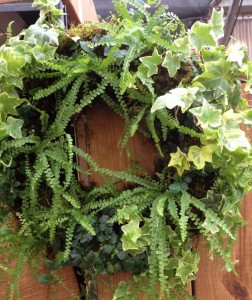
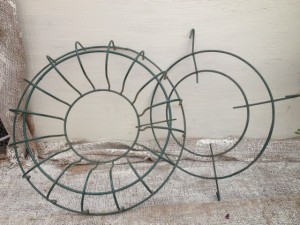
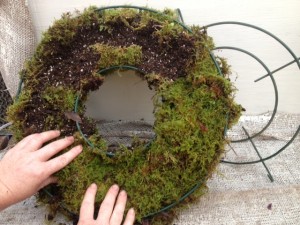
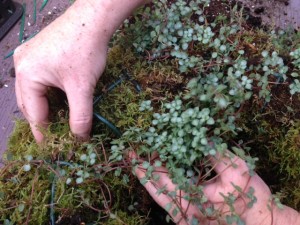
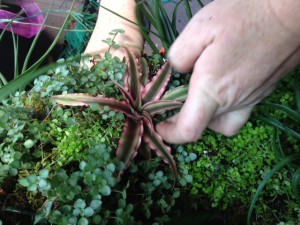
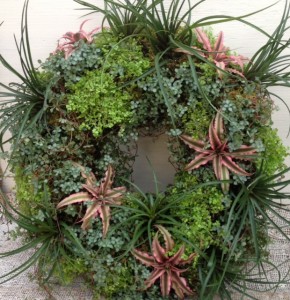











 The last planting is shown to serve as an example of how you can definitely have color in the shade using foliage in addition to flowers…the ‘Garden White’ caladium in contrast with the golden carex and sunpatien really catches the eye! The planter at the top of this post is also one for shade, and, once again, the foliage is the star.
The last planting is shown to serve as an example of how you can definitely have color in the shade using foliage in addition to flowers…the ‘Garden White’ caladium in contrast with the golden carex and sunpatien really catches the eye! The planter at the top of this post is also one for shade, and, once again, the foliage is the star.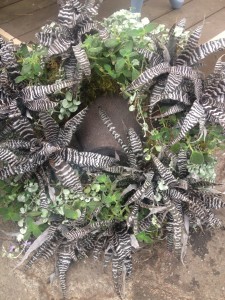
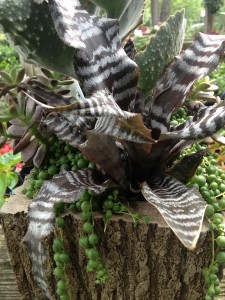

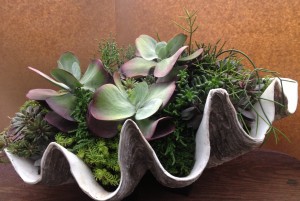 WOW! A customer brought this in the other day and I was the lucky one that got to plant it up! This clam shell is the real deal…a beautiful, large piece of natural art that had found its way to us.
WOW! A customer brought this in the other day and I was the lucky one that got to plant it up! This clam shell is the real deal…a beautiful, large piece of natural art that had found its way to us.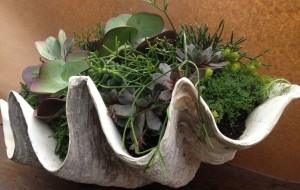
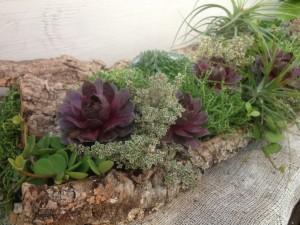
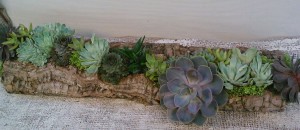 These cork bark pieces are so organic and natural…we love them and wanted to pass on just a couple of ideas for planting them. Actually, they were one of those happy accidents – one wrong stroke of the keyboard, with a different item number ordered than planned, and, voila, these cork bark pieces arrived the other day that were rounded, with just enough space for planting rather than being flat…oh, happy day!
These cork bark pieces are so organic and natural…we love them and wanted to pass on just a couple of ideas for planting them. Actually, they were one of those happy accidents – one wrong stroke of the keyboard, with a different item number ordered than planned, and, voila, these cork bark pieces arrived the other day that were rounded, with just enough space for planting rather than being flat…oh, happy day!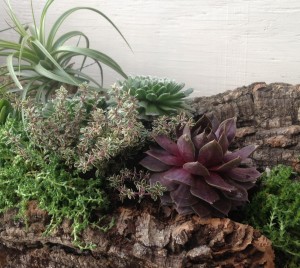 Of course, if you’ve been keeping up with previous posts, you know we’ve gotten in some pretty cool looking succulents, as well as air plants and the beginning of the new season’s herb offerings. So, with all this bounty to work with, one bark planter became a succulent, herb, airplant design and the other became a study in silvery grays and blues with a pop of chartreuse…
Of course, if you’ve been keeping up with previous posts, you know we’ve gotten in some pretty cool looking succulents, as well as air plants and the beginning of the new season’s herb offerings. So, with all this bounty to work with, one bark planter became a succulent, herb, airplant design and the other became a study in silvery grays and blues with a pop of chartreuse…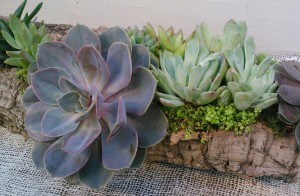
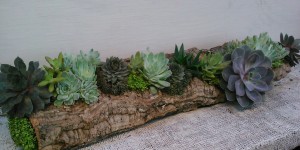 As with any combination planting, look at color, texture and form of the plants you’re working with. The bark is rough and brown…in one planting the red coloring of the hens and chicks play off the brown of the planter while the red edging of the thyme also picks up the color of the succulents. The spiky air plants contrast with the rounded forms of the rolled bark as well.
As with any combination planting, look at color, texture and form of the plants you’re working with. The bark is rough and brown…in one planting the red coloring of the hens and chicks play off the brown of the planter while the red edging of the thyme also picks up the color of the succulents. The spiky air plants contrast with the rounded forms of the rolled bark as well.